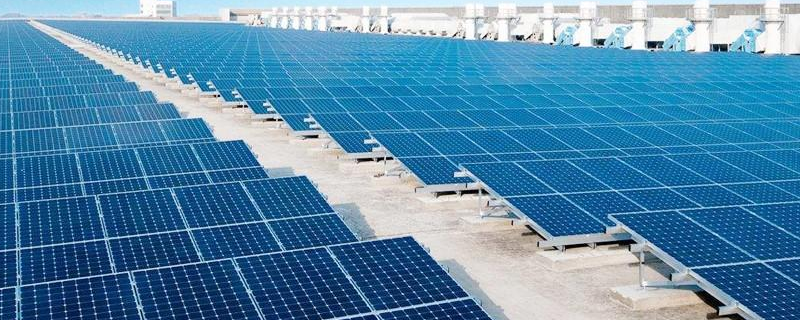

The Benefits and Uses of Green Tempered Glass
Green tempered glass has emerged as a popular choice in various industries due to its robust properties and aesthetic appeal. This type of glass is produced through a process of extreme heating and rapid cooling, which increases its strength and makes it resistant to thermal shock. By integrating the calming green hue, this glass offers both functional benefits and visual appeal, making it a preferred material for many applications.
One of the primary advantages of green tempered glass is its outstanding durability. It is significantly stronger than standard glass, making it less likely to break under pressure or impact. This strength is crucial in applications such as storefront windows, shower doors, and glass partitions. The safety aspect cannot be overstated; should the glass break, it shatters into small, blunt pieces that minimize the risk of injury, making it an ideal choice for both residential and commercial buildings.
In addition to its strength, green tempered glass provides excellent thermal insulation properties. The glass effectively reduces heat transmission, which can help maintain comfortable indoor temperatures while lowering energy costs. This feature is particularly beneficial in climates with extreme temperature ranges, as it contributes to energy efficiency by keeping buildings warmer in the winter and cooler in the summer. This efficiency aligns with the growing demand for sustainable building materials that minimize environmental impact.

Aesthetically, green tempered glass adds a unique touch to any design. Its subtle color complements a wide range of architectural styles and can be used in various applications, from facades and balustrades to furniture and decorative elements. The green tint is achieved through the addition of iron oxide during the glass-making process, giving it a natural look that enhances the beauty of outdoor spaces. It also provides a degree of privacy, as it obscures the view while allowing light to filter through, making it ideal for applications like greenhouses and residential patios.
Green tempered glass is also highly resistant to UV radiation, which helps protect interior furnishings and occupants from harmful sun exposure. This feature is especially important in spaces with direct sunlight, where fading of fabrics, artwork, and other materials can occur over time. By using green tempered glass, homeowners and business owners can prolong the longevity of their interior elements and create healthier living environments.
In addition to its practical applications, green tempered glass is becoming increasingly popular in artistic and decorative projects. Artists and designers use it in sculptures, installations, and custom glazing that require both strength and beauty. Its versatile nature allows it to be molded into various shapes and sizes, making it a favorite among contemporary artists seeking to explore new forms.
With its blend of strength, safety, thermal efficiency, and aesthetic appeal, green tempered glass is a material that is not only functional but also enhances the overall design of spaces. As awareness of sustainability and energy efficiency grows, the demand for materials like green tempered glass is expected to continue rising. In conclusion, whether used in architecture, interior design, or art, green tempered glass stands out as a quality choice that meets both practical and aesthetic needs, making it a valuable addition to any project.